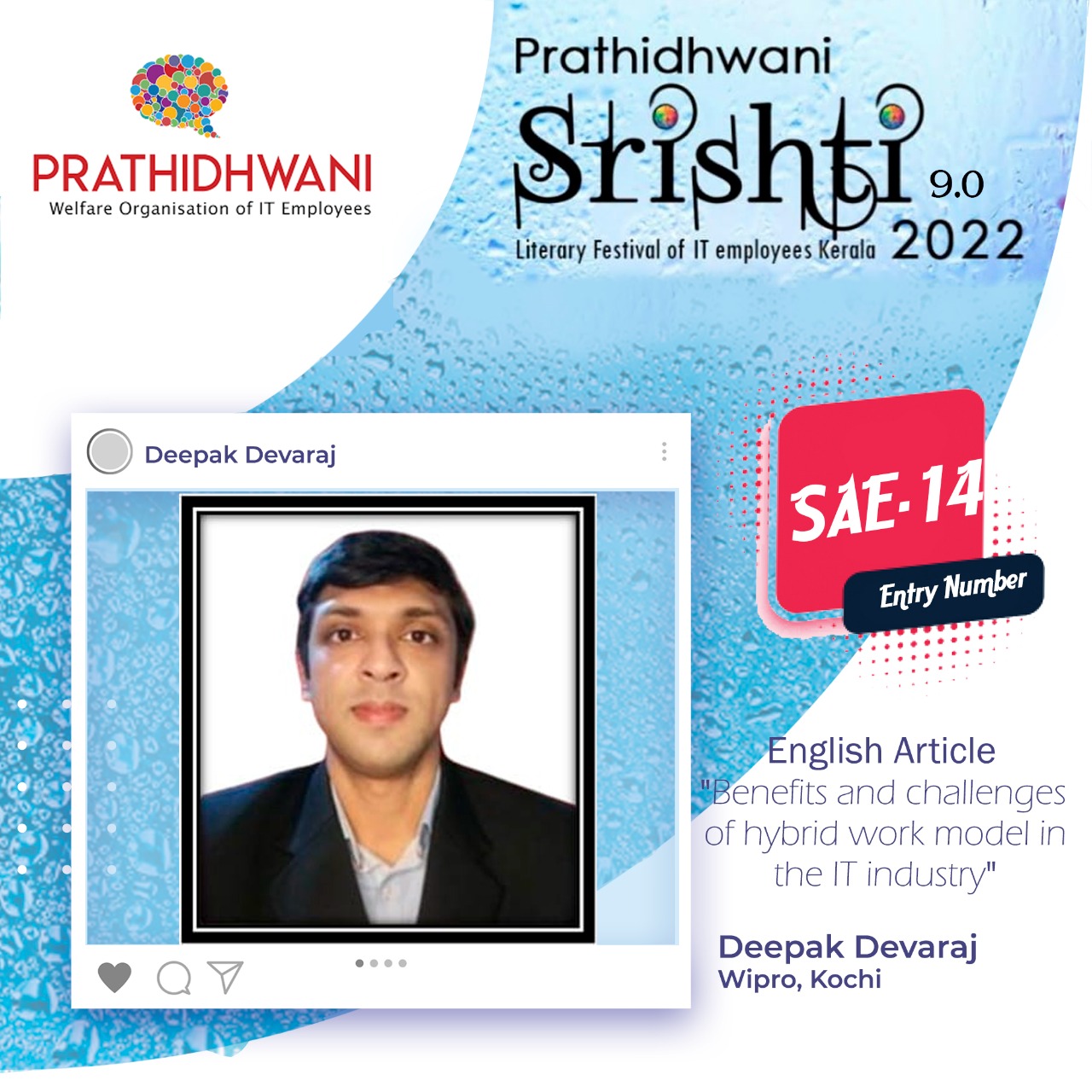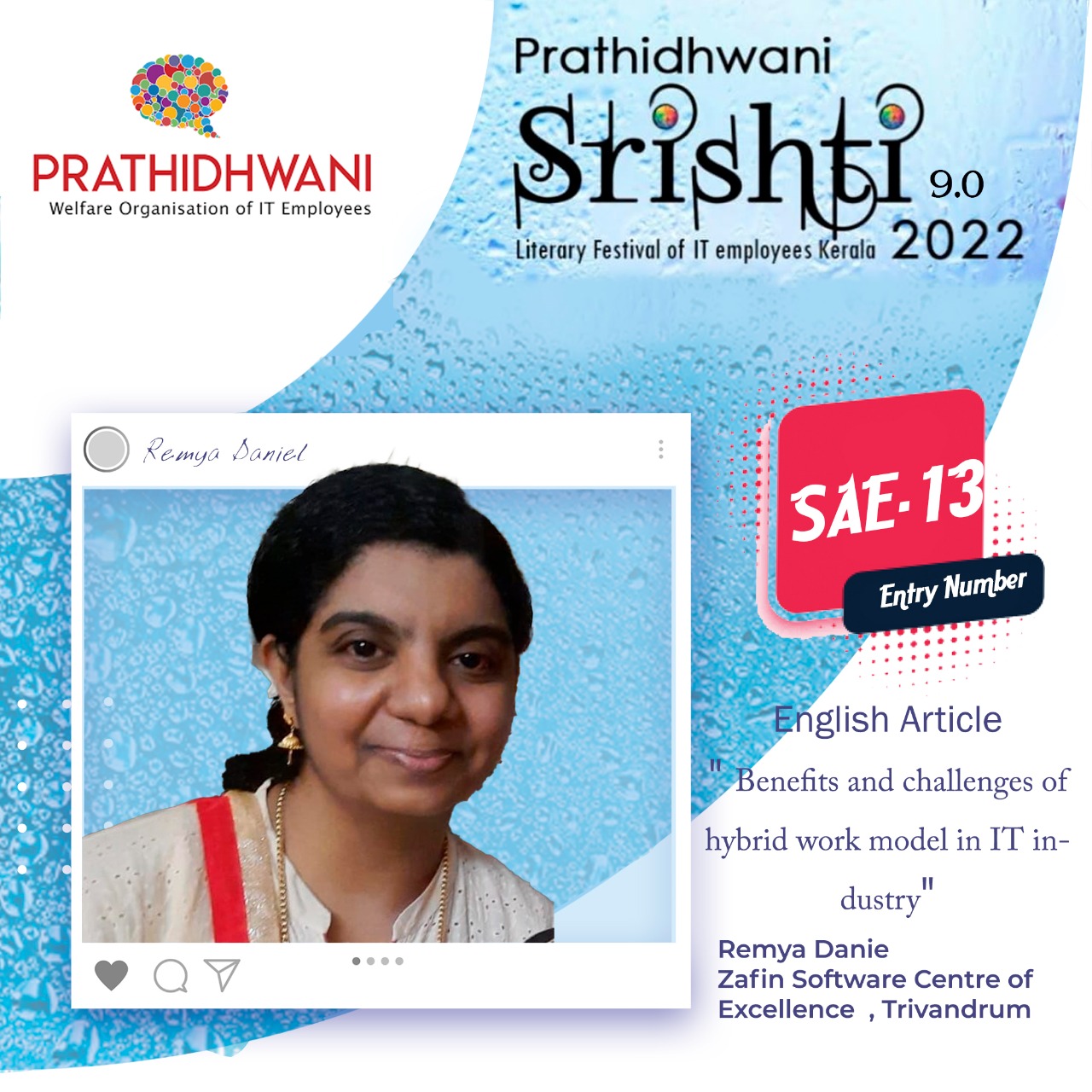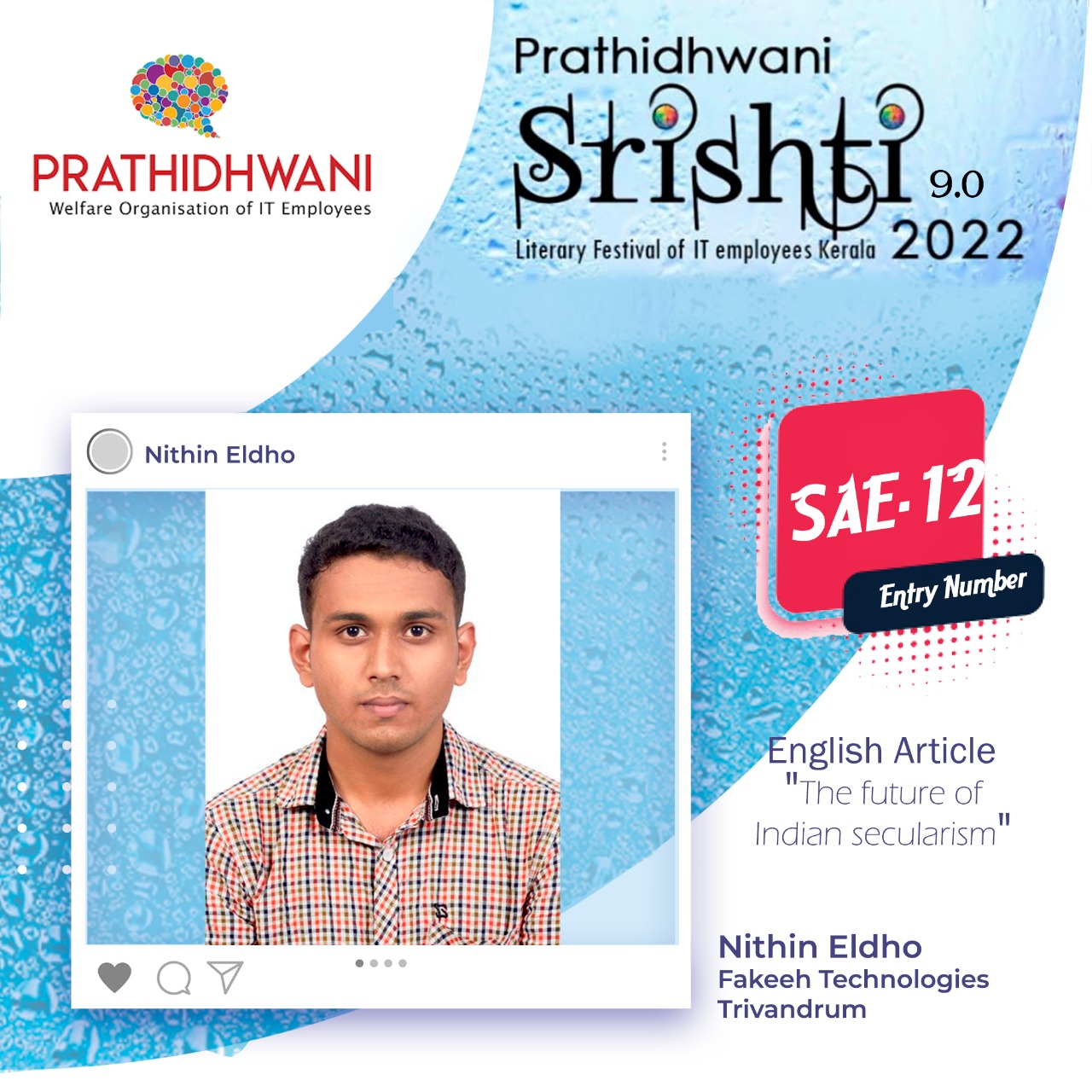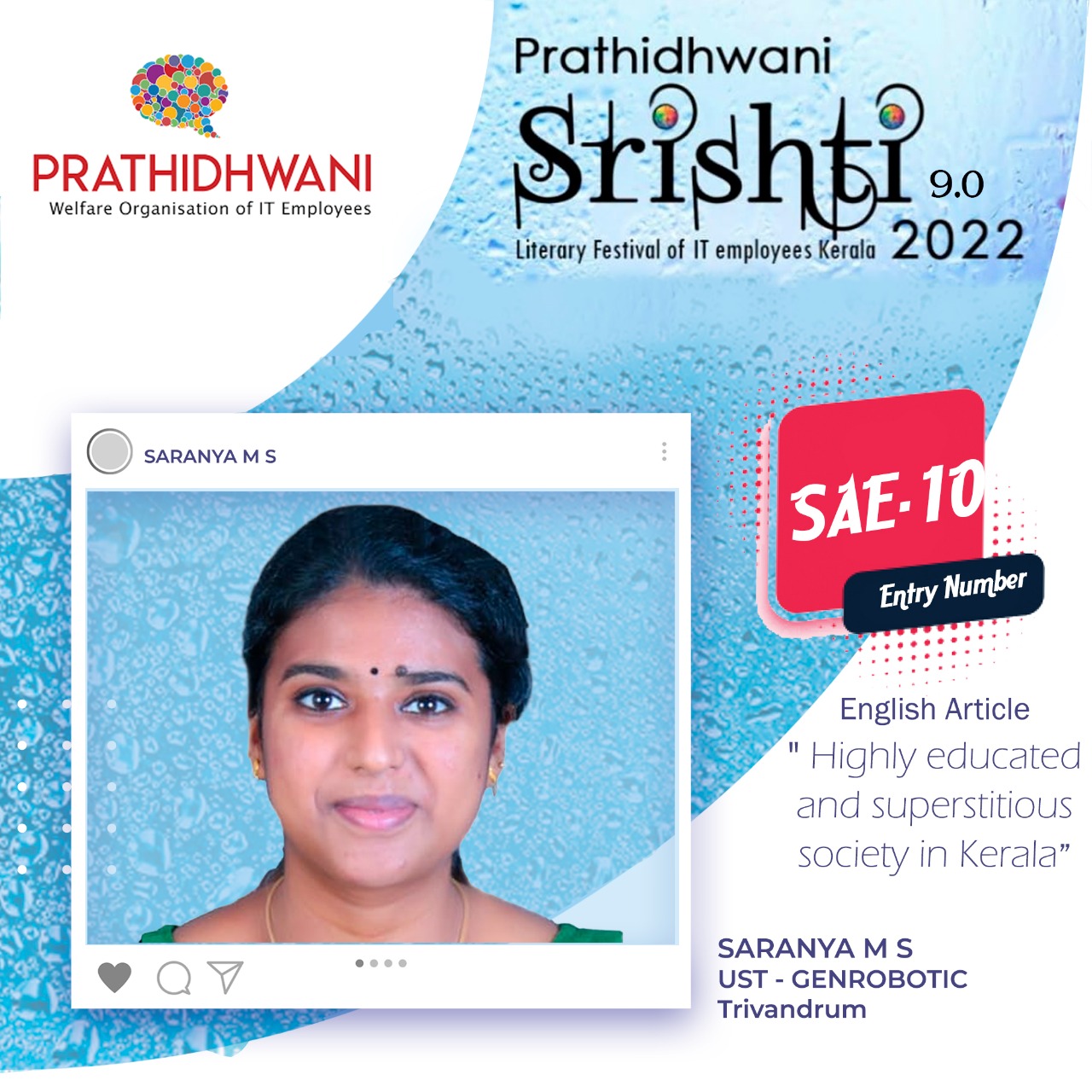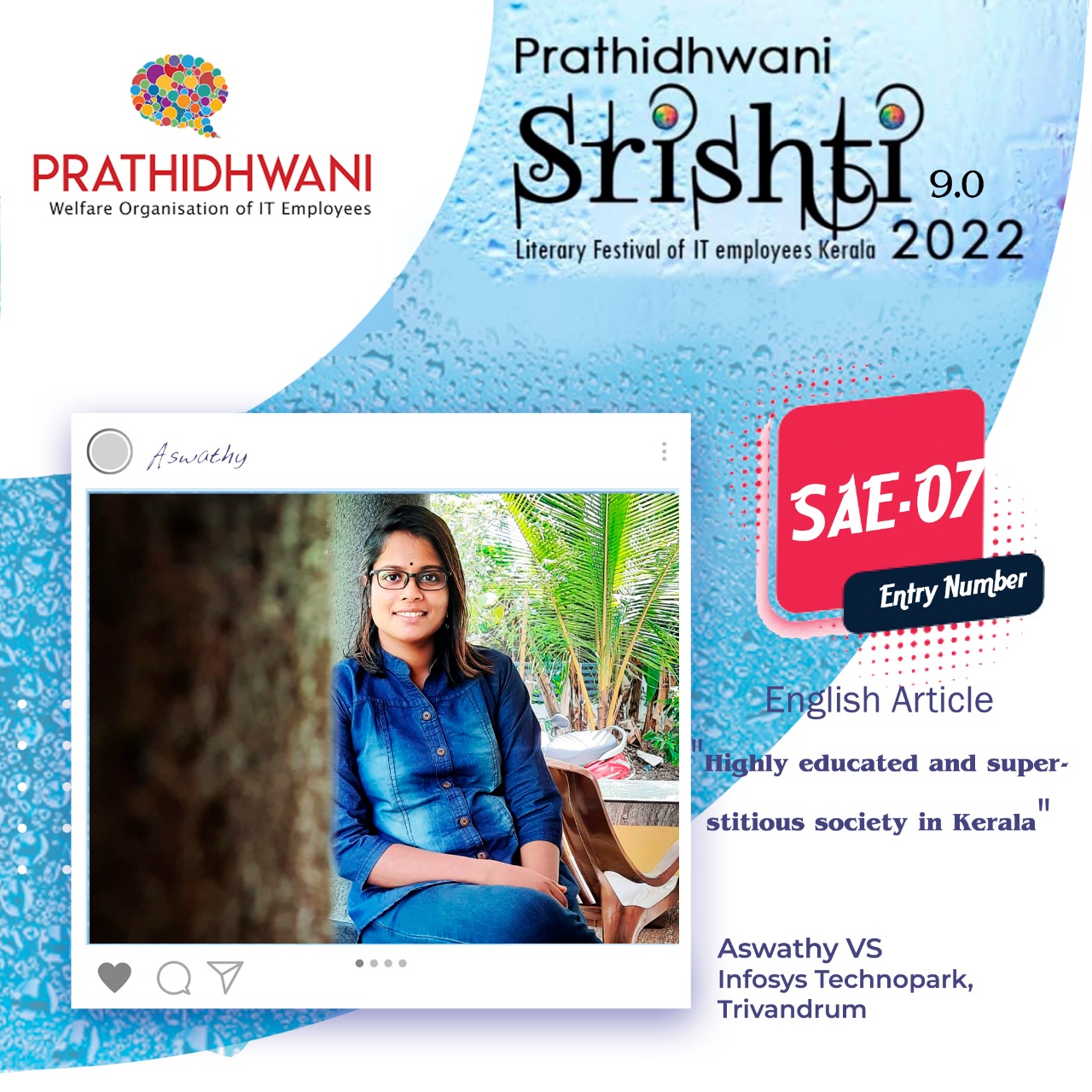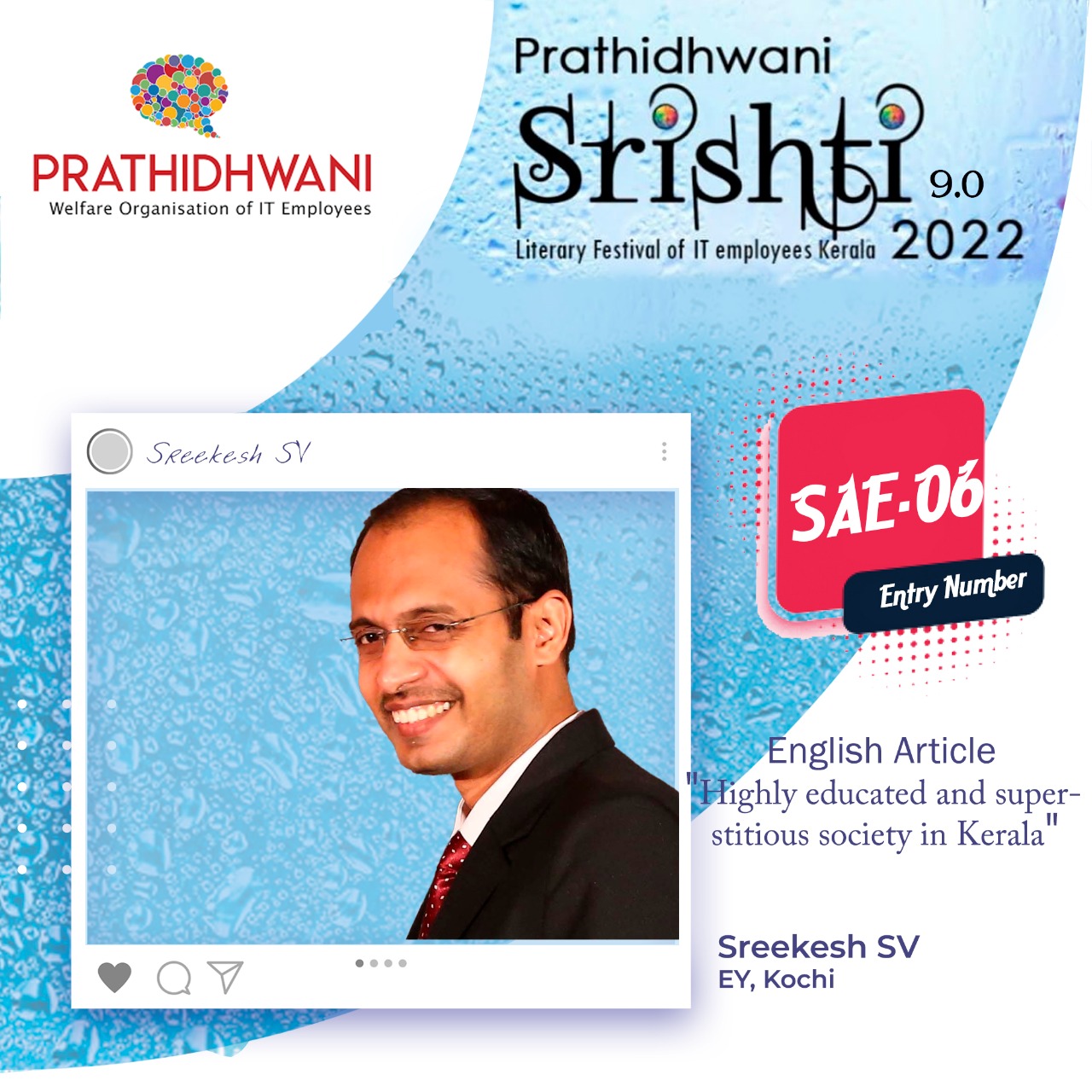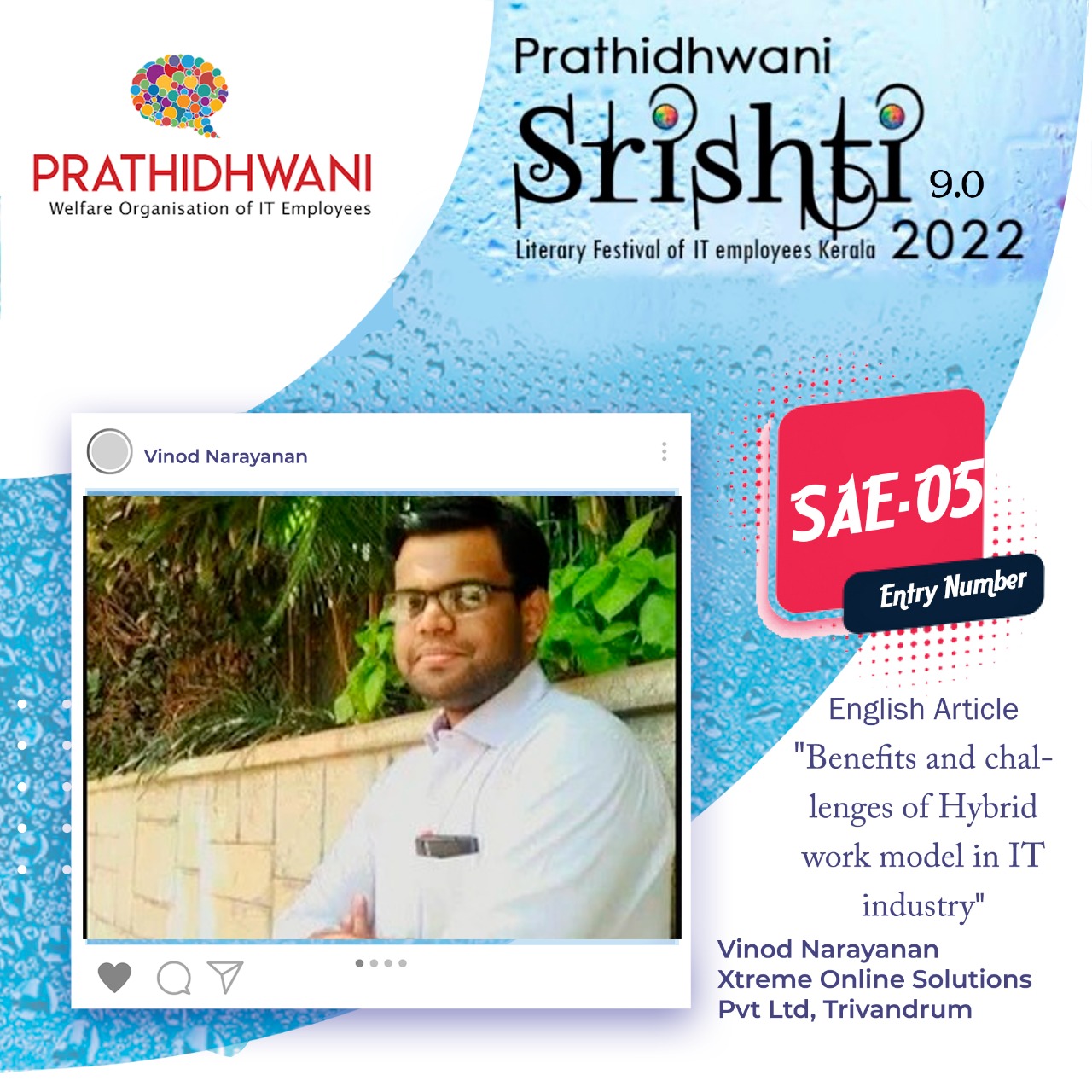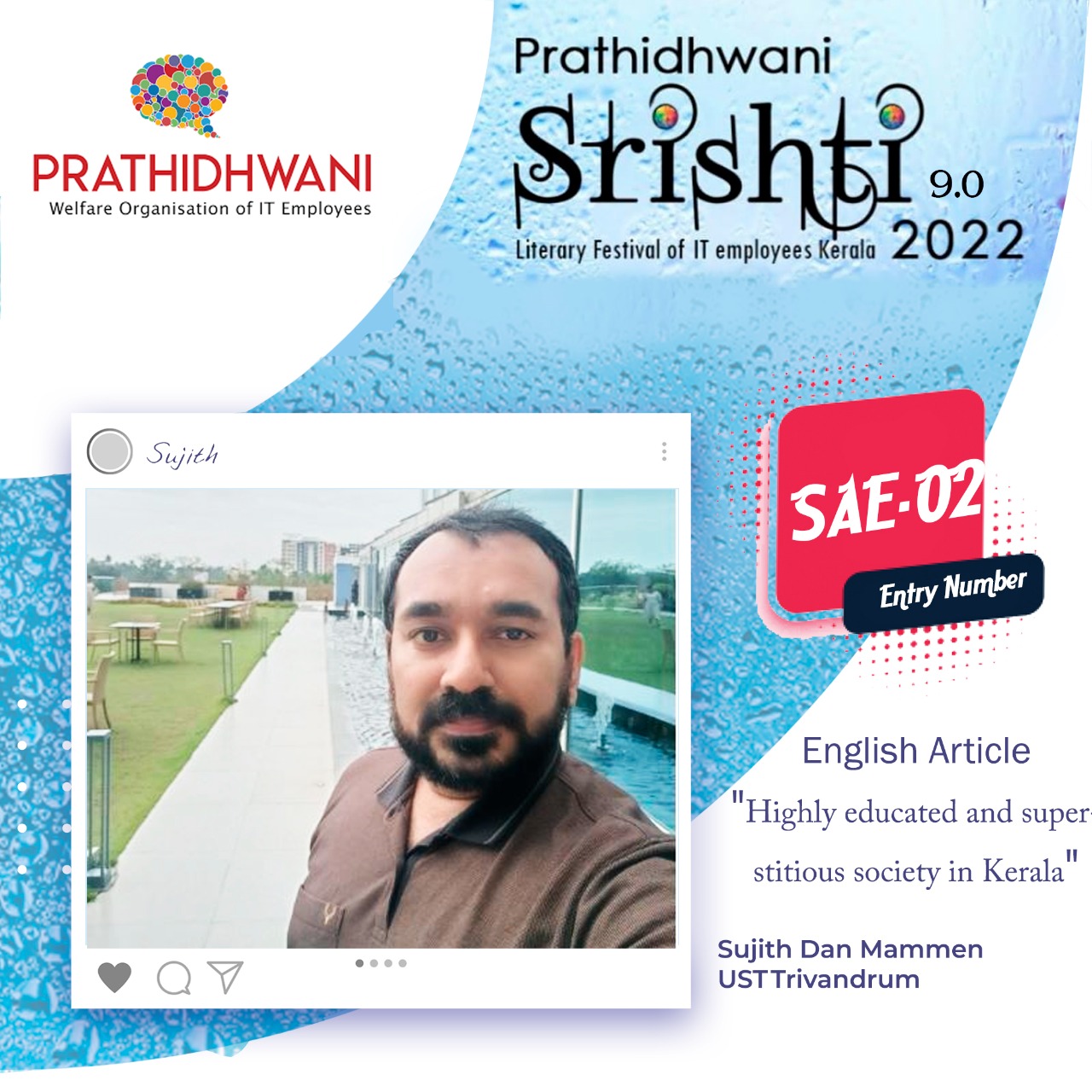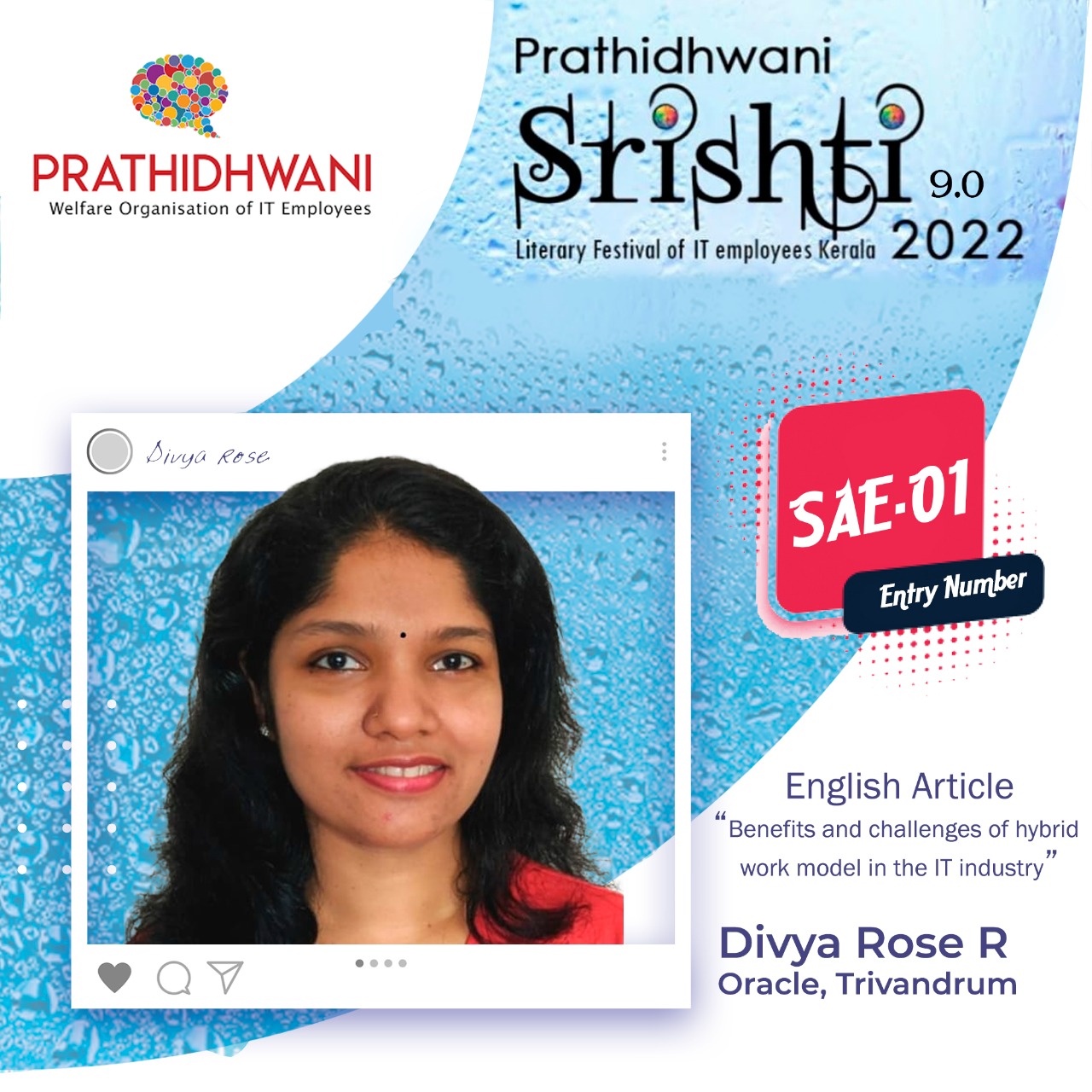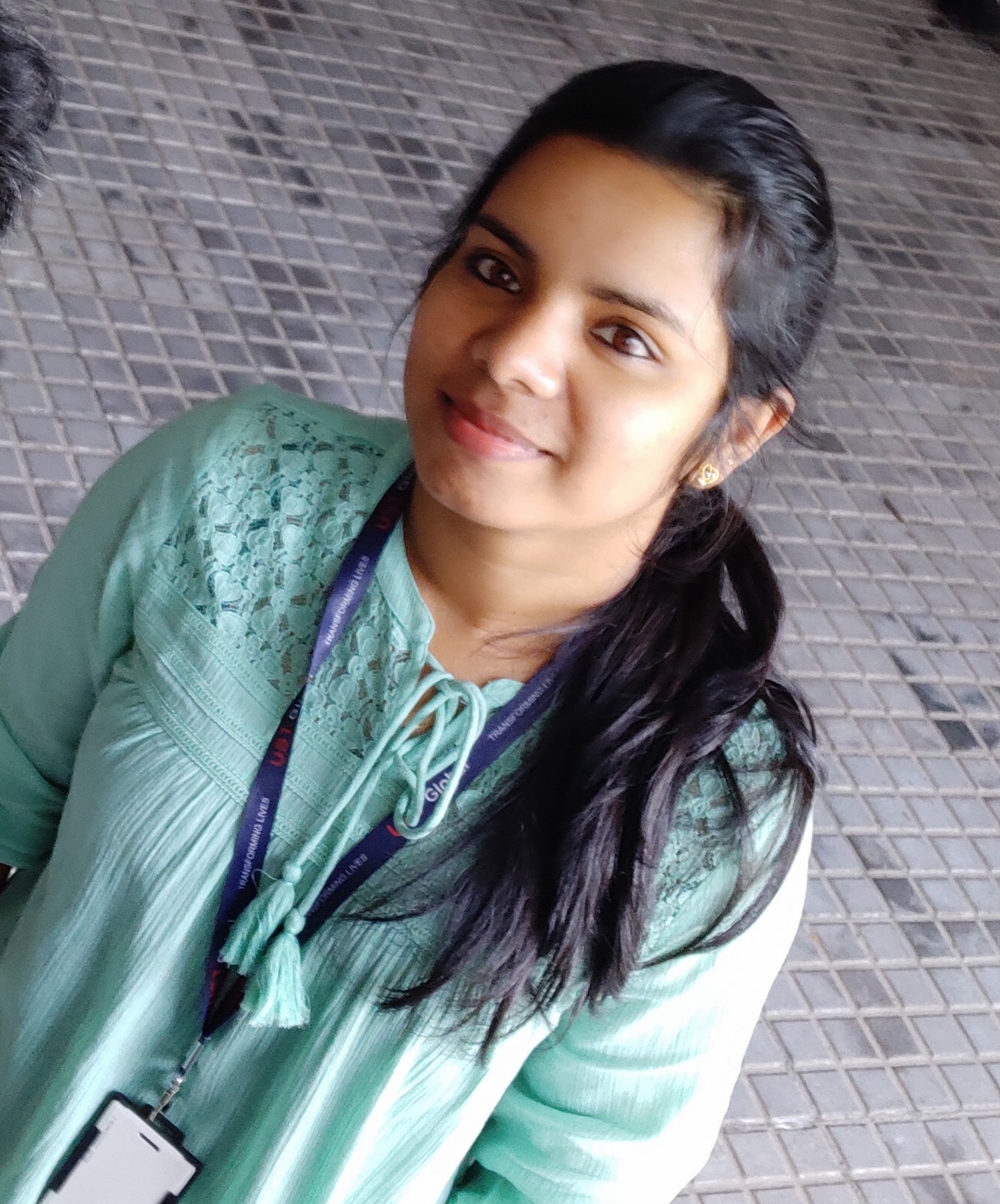The new variant of Corona Virus which was initiated in China during 2019, termed as COVID 19 has impacted our social and economical culture. The impact of the same on society is drastic. Despite the protocols and vaccination drives, we are still facing the impacts associated with the same. The impact it created in work culture is also drastic. Most of the businesses and organizations suffered in the initial time very badly. It is worthwhile to analyze the journey of how each work unit responded, reacted and fell back in place. We really proved ‘Necessity is the mother of invention’. Within a short amount of time we proved a lot. This difficult time has again proved that if we stand together united, we stay strong as well. In spite of all restrictions and threats of virus, the pharma companies had emerged with successful vaccinations in record time. Have we ever thought that new vaccines can be researched, developed, tested and implemented in such a record time? While the debates on its implications are still on, we surpassed a critical time with basic vaccinations hopefully. Now at least we are in a position to think about the future and the whole world and leaders have already put their thinking cap on to develop a new strategic work culture. Almost all now agree that the work culture will change completely from the previous set up and we need to embrace a hybrid work culture.
As a representative of the IT industry which is the pioneer in establishing business continuity amidst all crises through the implementation of ‘work from home (work at home)’ initiative, I feel privileged to write about the topic ‘Changing Work Culture – after COVID’. In the IT industry work from home is not something initiated by COVID. We were practicing the same for a long time now ever since the inception of laptops and high-speed internet. The only difference I can see is that earlier it was on a need basis due to personal/family needs or to continue or support business on holidays/weekends in emergency situations and was for a limited period like a few weeks or months, but now work from home has become the new normal. Almost all IT professionals are doing work from home from March 2020. Wow, I just realized it’s such a great achievement. For more than one and half years we ensure the proper business from home!
Imagine if the work from home initiative was not there in industry. Can we think of how many companies would have shut down by now? How many engineers and supporting staff would have lost their jobs? How many families would have been bankrupt and committed suicide? What a social hazard it would have been! But we were lucky to have this culture enabled already. Having said that, in the IT industry it’s not something new. But what about other fields? Let’s think about government sector offices, hospitals, education departments etc. Did we imagine these to run through online mode so nicely before this covid? Definitely a big No in India at least. We have definitely seen these implemented in developed countries, but in India, these were unimaginable prior to this. Though we also had online education and systems for higher education, those were not considered mainstream and also, we never thought mainstream education could be effective through online mode. But now even the government is planning to start a lot of higher education courses in mainstream online after seeing the successful implementation of necessary infrastructure and guidelines.
I still remember the day we got news that schools are going to shut before summer vacation in March 2020 just before kids were about to start the final examination of the academic year 2019-2020. There was a lot of uncertainty at that time, though we never expected the effect of the pandemic to remain for so long. We heard news of a large number of people losing jobs at foreign countries and returning to India. Central government announced the first lockdown on 24-March-2020. The entire economy of India or rather the entire world started to shake in the rise of pandemic. But soon the industries like IT responded to the situation and started running business through work from home access for employees. Thanks to the infrastructure and network facilities which enabled the smooth transition of work from office to home. Definitely there were initial hurdles for long term work from home set up from companies and employee’s sides. But soon we started sailing smoothly. Again, a lot of important government sectors started adapting the same and it was just a starting. One by one all industries moved to a new mode.
Education department, private and government sector started online classes. In Kerala, we even started school classes through television! We know that there are still issues in providing education access to all in online mode, but in spite of all hurdles, what we observed was a massive shift in mindset, infrastructure and culture. Even in the case of work culture that was a massive shift. Remembering the trolls on how mothers were changed to ask kids to take mobile phones to attend classes and notes from trying to keep their kids forcefully away from mobile phones. It was really fun to observe the transition. A lot of network issues, new procedures for examinations, invigilation, assignments and what not! Before the students forgot basics, we were able to set up things right keeping aside the population who still can’t access the same. But over the period, for people with digital access, education became normal for teachers and students. I have even seen more enthusiastic kids in online classes.
In India, we probably never imagined doing our doctor consultation online before, though we used to talk to doctors about our doubts. But the pandemic has changed the long hospital queues. We again managed to work out home remedies before rushing to hospitals and started practicing better hygiene to keep the pandemic away. Though hospitals were affected initially, again the online consultations picked up well, so the primary level consultations became online and only very necessary cases started flowing to hospitals, which reduced rush as well as provided better facilities for the needy and also, I feel doctors can also work more comfortably. And no need to say there is a revolution in the hygiene sector. A lot of new brands and companies to support mask, sanitiser, soap and disinfectant requirements arose during this time. So maybe some sectors were the worst hit, but this has created new business opportunities and work for many too. Initially it might have been survival of the fittest, but slowly all sides started to wake up with subsidiary businesses.
There are industries which can’t be operated fully in online mode like public transport, we need drivers and conductors in buses to serve the society unless we fully move to autonomous vehicles which may be a little more time taking. But still here the office works can be carried out remotely with proper infrastructure. Also, as the number of office and school goers decreases, the number of physical staff required for operations can also come down.
A lot of public sector offices changed their customer services through online mode like village offices, corporation offices etc. Other private sectors like LIC, personal banking etc which were having online facilities earlier, mandated all customers to use those online services unless for critical transactions. Secretariats and other important government sectors started providing updates to customer services online through portals or mobiles. What a bliss in fact. No long queues in offices and it also reduces chances for corruption. Overall online services will definitely save a lot of time for employees and service consumers. No need to travel, No long queues and No ask for changes! All these have created a lot of new opportunities for job seekers, when an organization moves from a normal set up to online or paperless set up, we can imagine the work behind that – requirement of online portals, data entry, data syncing etc. On one side when jobs of people were affected, the other side was creating new opportunities.
Now what is not online? Not only the mainstream education, yoga, dance, music, arts and crafts, drawing, karate etc everything is online. The professionals can establish their business online and can teach any students from anywhere. Looks really promising right? A lot of new career options as trainers in different online services, a lot of small-scale businesses started around these opportunities like Akshaya centers and computer establishments to support the public in these activities and provide them training. A lot of money transactions became online and virtual. So, we moved fast closer to a Digital India during the pandemic in fact!
We have seen online marketing and retailing going well during this time. We have shifted to online shopping at a faster pace. Have seen a lot of courier companies and online shops making good profit during this pandemic situation. Even the online food services flourished well. Surely these contributed more job opportunities and employment options and so did the revenue, right?
I have even witnessed football classes being taken online where concepts are covered and with limited edition offline classes for practice. So overall in any sector we take online and remote working is a possibility now. The complete transition from morning rush to catch school, office and public buses.
At high level COVID 19 has shifted work culture from office to home, offline to online, fixed time to flexible time and what not! An unimaginable shift in all sectors, work culture and society. It's the future which will really measure the success or impact, but I am sure that the shift is massive.
Impact on Society
Now let’s see the impact of new work culture on society. We can definitely think of positive and negative impacts just like anything else. Especially being a new way of working and managing things, many would take time to adjust and fall in place. Also, we might not be in the right position to think about the success now, the future will prove that. But we sailed with positivity, we created a shift and so we will confidently emerge as winners.
Positive Impacts/Advantages
First let’s see the plus side of it. Just take an example of transportation. Definitely the time from 2019 December onwards would be remembered not only for COVID and lockdowns, but also as a less carbon emission period. Though the studies mention that due to ozone layer problems still the impact on the environment is not reduced much. But I am sure at least we reduced our contribution to harm more. And if we continue with the right measures, we can control environmental impacts very well, at least at the same level as now.
When the commuting community is less, overall support and infrastructure required for the same will gradually come down. This will reduce the vehicles on the road which will result not only in reduced pollution but also the traffic will come down, so overall time to travel will become less, requirement of road will come down, so we will encourage more greener spaces and healthy nature around us. With less travel people will get more time with family and friends and which will result in a more healthy and happy community. We know that, in foreign countries, when the weather forecast is bad, everyone will work from home, here many times during bad weather people will get stranded and face bad weather. This situation will also be avoided with new culture.
People can contribute more time for public service and also for their hobbies. This will again increase the opportunities for artists and other non-mainstream departments to increase their career options. The most important challenge for people to be involved in any leisure activities is time, ideally time to travel. The savings in that would allow people to do exercise, yoga etc which will add more health for people. The lifestyle related diseases will come down and we will surely move towards a healthier generation. All these will contribute to the overall happiness index and more satisfied and happy workers in all fields and surely will benefit the overall society.
Society talks about the abandoned old generation a lot. Actually, we all know the reason, it is not because we do not like parents or grandparents or we do not want to take care of them. The old generation is isolated and abandoned due to lack of time. If we have a proper hybrid work culture, the situation will change considerably. There are options to take necessary leaves during emergency periods, but we will not be able to take such leaves often. Also, not everyone will have the freedom to lose the earning option. So, if we have a work culture which supports options to carry out work from home, this situation will also be changed. Don’t you think it’s so nice?
Most of the time we tend to limit our work opportunities around the place we stay as we need to support and take care of family as well. So, our opportunities are limited. This situation will also change with work from home culture. Organizations are also limited by the choice of employees in a particular location. But work from home will enable a mutually benefitting situation for employees and employers. Organizations can onboard talents across the globe and employees can also work from their preferred locations. This mutually rewarding situation will enhance the relationship and will definitely turn out to be a positive and encouraging one.
In customer service departments like village offices, banks, revenue offices etc we know the pain that employees and consumers face. People from far away places need to travel early to reach the offices and then unnecessarily wait in queues for hours just to get their priority. Anybody will be happy? When the online services are provided, people can use the same from home and only when it is required to travel to the office for clarifications (which cannot be carried over phone/online) or manual sealing/stamping those can travel. This is not only beneficial for the consumers, but the work of employees in such divisions will come down as well. We always talk about consumer issues. But can you think of employees who really need to take care of such long queues. They may need to avoid or cut short their tea and lunch breaks. When these primary level services are online employees will get more time to focus on priority items which need manual intervention and also if work from home is also provided their satisfaction level will also get increased. Here chances of corruption will also reduce, online services will make all payments digital, so tax excavations can also be reduced. Also, consumers will get faster response time and all receipts will be available online for reference. That will also have an impact on a greener environment as no need to take printed receipts always. Only when needed people will take print outs, so less trees will be cut for paper, ink etc.
People can arrange their work time based on personal convenience. We know many people will have some personal work that will take 1-2 hour sometimes but eventually end up taking leave earlier. But now they can carry out that and then take extra time on the same day later to compensate for those working hours to manage. So, employees start to manage their work and work time which will again add to satisfaction. The offices will become fileless, paperless, no need to worry about lost records and files. Office spaces can be reduced, less cafeterias, less electricity, less A/C, less recreational areas overall contributing to much greener nature.
Negative impacts/Drawbacks
We cannot see only positive side for anything. As we say “Even the divine nectar will be poison if consumed in over dose”. So, there will be negative sides as well for anything. When work from home is enabled, we will cultivate a workaholic generation as some people can tend to work beyond expected time and people can become more socially withdrawn. So, on one side employees will tend to work more and which may have a positive impact on work initially but when the expectations also grow more, it will lead to exploitation and health issues as well. Also, sometimes where there is dependency on a co-worker and the same person is not available at a particular time, it may have some impact on work and schedule. So having a soft guidance on work time and flexible time will be beneficial.
Proper network is the base for the infrastructure required to set up a work from home culture. So eventually we may need to see the impact on Society in terms of getting more space for towers and radiation. Though there are no clear studies on the impact of network towers and increased health issues, the discussions and research are still going on. Also, more space needs to be allocated for towers and related communication infrastructure. IF the employees are not covered with a proper network, it will have a negative impact on work, schedule and quality. It might affect the overall project timelines for corporations.
The companies may tend to reduce head count and expect employees to work more. Sometimes employees can take advantage and take more time to complete work. These kinds of issues need to be addressed.
The work from home culture can make less staff in the service department which may delay priority processes and emergency services. When services are moved to hybrid mode (online and offline) proper adherence needs to be ensured. Auditing and record office keeping should be done properly and the records should be synced up properly. Else it will create an inefficient and inaccurate system.
On the outset many people will think it will reduce the employee requirement in various sectors and departments. Though initially, it feels like that eventually, it will create new responsibilities and new work options like auditing, communication services, migration of data from offline systems etc. Also, eventually the right skillset will get the right kind of job. People may initially feel that there is no differentiation between office hours and personal hours, the culture shift should be managed carefully. Some offices may feel a surplus of staff which can have a negative impact as well.
The coordination between employees and team culture may be impacted if not taken care properly. Individual performances may become key to success which may again device unhealthy competition without transparency.
It is reported that people spending more time in front of computers and calls, are having health issues. Ears and hearing issues are becoming more with improper use of audio-visual media. People can become socially withdrawn as well.
What should be done?
It is certain that we need to focus on a hybrid work culture. It will be a combination of online and offline as well as a combination of work from home and work from office. These may look the same, but have different faces and issues and nature.
As we already talked about, exploitation, job reduction and transparency issues, let us think about the solution. First, we can talk about corporate organizations as the work needed to ensure proper working will be less there due to already implemented policies and processes.
From the employer's side, they need to enable the proper infrastructures like laptops, compensation aligned with increased electricity and internet consumption, proper communication channels and point of contacts for necessary activities. The HR team needs to ensure the proper connection with team and employees to ensure right comradeship and togetherness required. There might need online events and global meets to ensure a team feeling.
Legal and structural awareness and communication of flexibilities and responsibilities of employees should be clearly communicated. Management is responsible to ensure transparency, work mode supporting maximum participation, diversity and inclusions in the work, more rewards and visibilities to be created etc. The transparency on flexible hours vs leaves needs to be ensured with policies. Also, the data security and data privacy related aspects should be made more structured and need to create more awareness among employees. Eventually the culture of individual ownership will evolve, but till that time there should be concerned bodies and policies to ensure the same.
Virtual events and family events are required to keep up the spirit and enthusiasm among co-workers. Once the pandemic is up there should be provision for online and offline events
From the employee side proper adherence to set standards by organizations and nature of work. Managing the individual time and priorities without impacting the team activities. They should become their own managers. Proper communications with the team. They should be responsible for taking flexible time and compensating without impacting work and team work. Leave should be carefully managed along with flexible hours.
In terms of government sector organizations where the work from home and online services are not yet complete or partial, they may need more support to establish the same smoothly. The amount of work needed to set up a culture will vary from department to department and team to team. Some of them may need to set up online services themselves so that consumers can avail services online so that employees required in offices to support customers for such services can be reduced. All existing records need to be migrated to online for hassle-free operation. Any division operating with partial online and partial offline mode, needs to ensure proper syncing mechanisms and procedures to ensure correct records. Any offline updates should be updated online as well. So maybe in the initial period there should be a mechanism to get more work done by employees or need to manage with additional contract staff.
It will definitely create new job opportunities in various departments and also the existing employees need training to change their working methods. Training needs to be considered as an investment rather than cost as it will be benefiting a lot in future. Compensation structure may need revision overall to accommodate new expenses like power, ac, laptop, internet etc whereas the existing components for travel and related expenses can be revisited. Proper mechanism and rosters for ensuring required staff at office also needs to be ensured for critical services.
Any organization should plan for a hybrid culture. Education department and medical services should also ensure the same. The mix of online and offline modes should be ensured in education as well. The practical sessions and lab sessions should be done at school whereas the theory and basics can be covered online. Or in case of distance mode education, like the ones happening for higher education, virtual lab sessions need to be arranged for computer related practical work. Definitely we know the labs of medical students need to be offline itself for the benefit of the community. So, the decision of what can be done online, offline, hybrid etc need very detailed studies in background and need an action plan to start implementing at surface on priority.
Just like now, the primary health investigations can definitely go online. But wherever there is no clarity for doctor or patient, the treatment should need at least a physical visit to ensure more accuracy and less time for treatment.
Also imagine the online swimming classes, online driving classes! Definitely those should as well be designed with hybrid mode. The governance should ensure the maximum reach for participants and employees in these programs through incorporation of different organizations to ensure the near access for practical sessions. Say for example, the governance team should ensure the provision of nearby facilities for practical sessions for different participants. For example, imagine the new recruitment for a KSRTC driver, it is the responsibility of the assigned station master in the assigned depot to make sure that the driver has enough experience to drive the bus safely. So, the selected persons can go to their nearby locations to complete training and get certified and if the opportunity is not there in the same location, he can be opted to work in the next available location for him. So, there is enough work on the governance model to ensure maximum quality and satisfaction.
Future!
Future is definitely hybrid. So let us start the basic and fundamental work for the future now. The younger generation is well adapted now itself with hybrid modes of education mechanisms and the facilities and opportunities they have. Similarly, the slightly older generation may struggle initially to get used to new modes of normal. Probably they are already adjusted and learnt with the current situation. So, the employees and the service consumers who require digital access and training should be provided the same in multiple phases. I remember there were different social organizations and corporates started doing the digital awareness classes for social awareness and culture shift.
It’s the responsibility of the mid generation to bridge the gap. We should enable the less privileged to attain new skills and evolve to a new role and also, we should ensure that maximum humane and social elements are imbibed in the younger generation for a tolerant and peaceful society. We are used to long queues and adjustments but the younger generation gets everything at their fingertips, so the tolerance level may be different, so we should make them understand the necessary adjustments and give true expectations of different levels of activities. There is no doubt that modern or developed nations face a lot of security issues due to intolerance. The shift should address those aspects as well and take necessary care to imbibe human values, tolerance and social culture as well. So, a lot of social and cultural organizations are required to set things right. So, a lot of new professions and services will emerge out of it.
Definitely it’s the wake of the digital era, so no one can live out of it. So, whether or not work culture needs change, socially we need a culture change. So, let's adapt and embrace the culture for the future, Lets sail smoothly to a digital world without losing human touch. Organizations need to create opportunities for employees and events to ensure that they remain social as well. Like the corporates we should also enable social activities and funds to support social causes and the less privileged.
Overall if we implement the new culture with necessary guidelines and policies the new culture shift will be very beneficial for all. It is the responsibility of the implementation team and leadership team to ensure the smooth transition to a better future and better world.
Government has also taken necessary steps to support the hybrid work culture. They have made guidelines on the work hours and policies that need to be ensured for a work from home culture to ensure that there are necessary procedures in place so that employees cannot be exploited illegally. The steps that are taken now should be continued with the same level of enthusiasm even beyond this crisis time.
The working community should also understand the importance of culture shift and develop new personal traits and work culture or rather a social culture to remain more adaptable and resilient to changes to support a great future. We should be ready to face any future crisis like this, we can be better planned, planned with more optimism and necessary steps. We should make sure that we leave a strong learning and action plan behind us for the future generations to come and embrace the world more confidently. We know the class of working groups in private, public and government sectors contribute to economic growth, so with the new work culture I believe more people will be encouraged to work and thus overall, the same will contribute more towards the development of the nation as well.
Conclusion
In a nutshell, the future is of a hybrid work culture and we should embrace it at the earliest. The fundamental steps are done in response to COVID 19 and we created a massive shift. The same should not be diluted in any case. We should continue the right steps to make fundamentals strong and sustainable to pave way for a more flexible, resilient culture that can face any similar crisis in future without much hassles.
We know new variants are emerging continuously nowadays and hence it looks like we have to deal with it for more time. So, it is of utmost importance to have a switch on/off mode in work culture to shift between different modes as appropriate for the situation and nature of work.
We are now at a stage where businesses or work can be carried out from the office, home and in hybrid mode. I feel that is the most sustainable one for the future. We should be careful in keeping this benefit intact and confidently march towards a better world, where no crisis can impact our life or work.
Definitely, there is no “One size fit all” approach we can recommend. Each organization/corporate/department/team needs to devise their own suitable hybrid model with creative and innovative approaches to carry out their own business/work properly.
Let us not go through similar situations in future. Let’s embrace the hybrid mode of work culture and let’s lead the way for a bright future for the generations to come. Let’s pave way for more successful generations to come with all our lessons and proper culture in all fields. “Action speaks louder than Voice”. So, the IT industry is on the right path to lead the way. Let’s encourage and advertise more for the benefit of the whole society.




